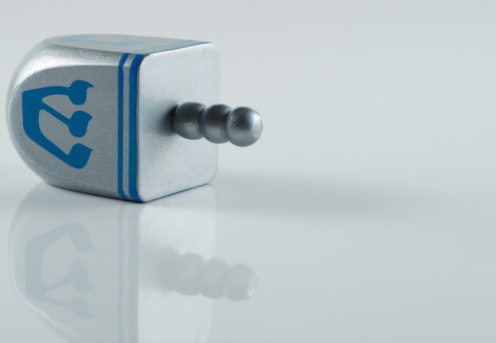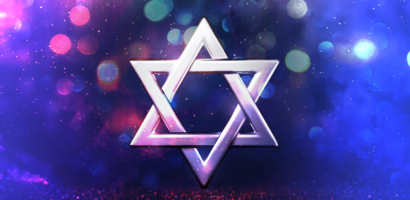Shin (Hebrew: שין) is the twenty-first letter in many Semitic languages , including Phoenician, Aramaic, Hebrew and Arabic. The Hebrew letter represents two different phonemes: ‘s’ and ‘sh’. The two are distinguished by a dot above the left-hand side of the letter for ‘s’ and above the right-hand side for ‘sh’.

Shin, as a prefix, appears in a meaning as the relative pronouns “that”, “which” and”who” in English.
According to a passage in the Old Testament in Judges 12:6, the tribe of Ephraim could not differentiate between Shin and Sin, as written :
“וַיֹּאמְרוּ לוֹ אֱמָר-נָא שִׁבֹּלֶת וַיֹּאמֶר סִבֹּלֶת, וְלֹא יָכִין לְדַבֵּר כֵּן, וַיֹּאחֲזוּ אוֹתוֹ, וַיִּשְׁחָטוּהוּ אֶל-מַעְבְּרוֹת הַיַּרְדֵּן; וַיִּפֹּל בָּעֵת “הַהִיא, מֵאֶפְרַיִם, אַרְבָּעִים וּשְׁנַיִם, אָלֶף.
“Then said they unto him: ‘Say now Shibboleth’; and he said ‘Sibboleth’; for he could not frame to pronounce it right; then they laid hold on him, and slew him at the fords of the Jordan; and there fell at that time of Ephraim forty and two thousand.”
Shin also stands for the word Shaddai as one of the names of G-d.
The letter shin appears engraved on both sides of the head- tefilin. On the right side,
the Shin possesses three heads, while on the left side it possesses four heads. In Kabbalah the three-headed shin is the shin of this world while the four- headed shin is the Shin of the World to Come.
Credits:
Inner







 Available on WhatsApp
Available on WhatsApp
Join the conversation (No comments yet)